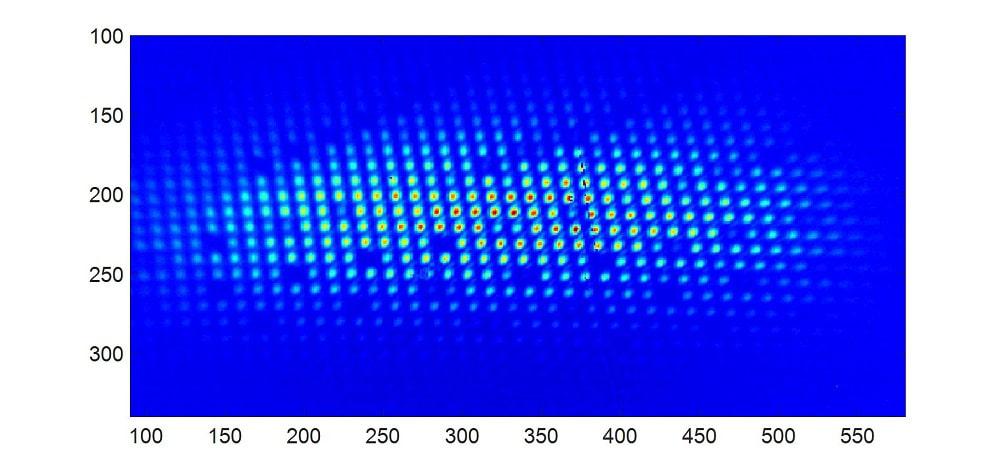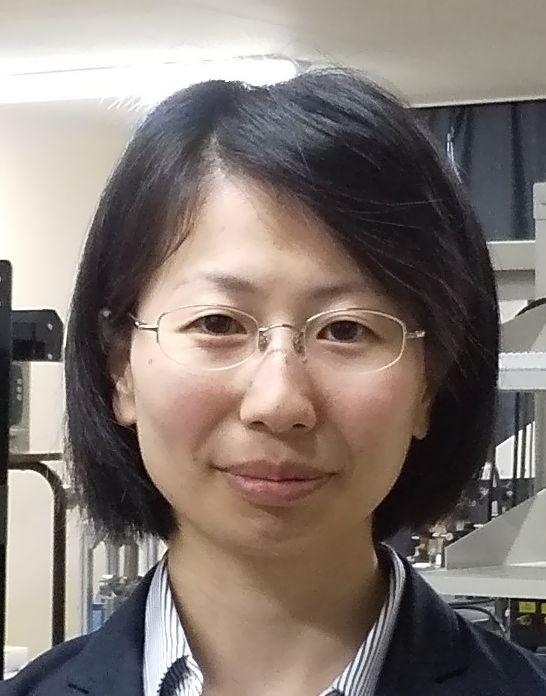June 2019 Issue
Research Highlights
Frontiers of state of the art precision molecular spectroscopy
The mid-infrared wavelength region is attractive and important for fundamental physics as well as applications such as atmosphere chemistry due to the existence of so-called "molecular fingerprints" that are inherent and strong absorption lines for individual molecules. The detailed analysis of fingerprints reveals the internal structure of molecules and verifies fundamental theories of physics. In the mid-infrared region, especially longer than wavelength of 5 μm, however, the availability of suitable light sources for precise spectroscopy, that is laser source having high power and high frequency stability, are extremely limited. In addition, it is technically challenging to do sensitive spectroscopy in the mid-infrared region because of large noise and small dynamic range of photo detectors.

Kana Iwakuni and colleagues have developed a wide range of spectrometers using CW lasers and optical frequency combs [1,2,3,4] and made considerable contributions to molecular science [5,6,7]. Recently, the researchers have developed a direct frequency comb spectrometer at 10 μm using an immersion grating, which is a highly dispersive optical grating to separate each comb mode spatially [4]. The spectrometer can be used to observe temporal development of broadband spectra every 10 μs and the fast acquisition characteristic enables the detection of transient molecules such as NO3 and Crigee intermediates. Based on these spectroscopic techniques, including optical frequency combs, Kana Iwakuni is aiming to develop novel spectrometers in the mid-infrared region to offer the next advancement for precise spectroscopy when combined with cold molecules.
- K. Iwakuni, S. Okubo, H. Sasada, A novel frequency control scheme for comb-referenced sensitive difference-frequency-generation spectroscopy, Opt. Express, 21,14832-14840 (2013).
- S. Okubo*, K. Iwakuni*, H. Inaba, K. Hosaka, A. Onae, H. Sasada, F.-L. Hong, Ultra-broadband dual-comb spectroscopy across 1.0-1.9 μm, Appl. Phys. Express, 8, 082402 (2015). *These authors contributedequally.
- M. Yan, P.-L. Luo, K. Iwakuni, G. Millot, T. W. Hänsch, N. Picqué, Mid-infrared dual-comb spectroscopy with electro-optic modulators, Light Science & Applications 6, E17076 (2017).
- K. Iwakuni, T. Q. Bui, J. F. Niedermeyer, T. Sukegawa, J. Ye, Comb-resolved spectroscopy with immersion grating in long-wave infrared, Opt. Express 27, 1911 (2019).
- K. Iwakuni, H. Sera, M. Abe, H. Sasada, Hyperfine-resolved transition frequency list of fundamental vibration bands of H35Cl and H37Cl, J. Mol. Spectrosc. 306, 19-25 (2014).
- K. Iwakuni, S. Okubo, K. M. T. Yamada, H. Inaba, A. Onae, F.-L. Hong, H. Sasada, Ortho-para dependent pressure effects observed in the near infrared band of acetylene by dual -comb spectroscopy, Phys. Rev. Lett. 117, 143902 (2016).
- S. Okubo, K. Iwakuni, K. M. T. Yamada, H. Inaba, A. Onae, F. -L. Hong, H. Sasada, Transition dipole-moment of the ν1 + ν3 band of acetylene measured with dual-comb fourier-transform spectroscopy, J. Mol. Spectrosc. 314, 10-16 (2017).



